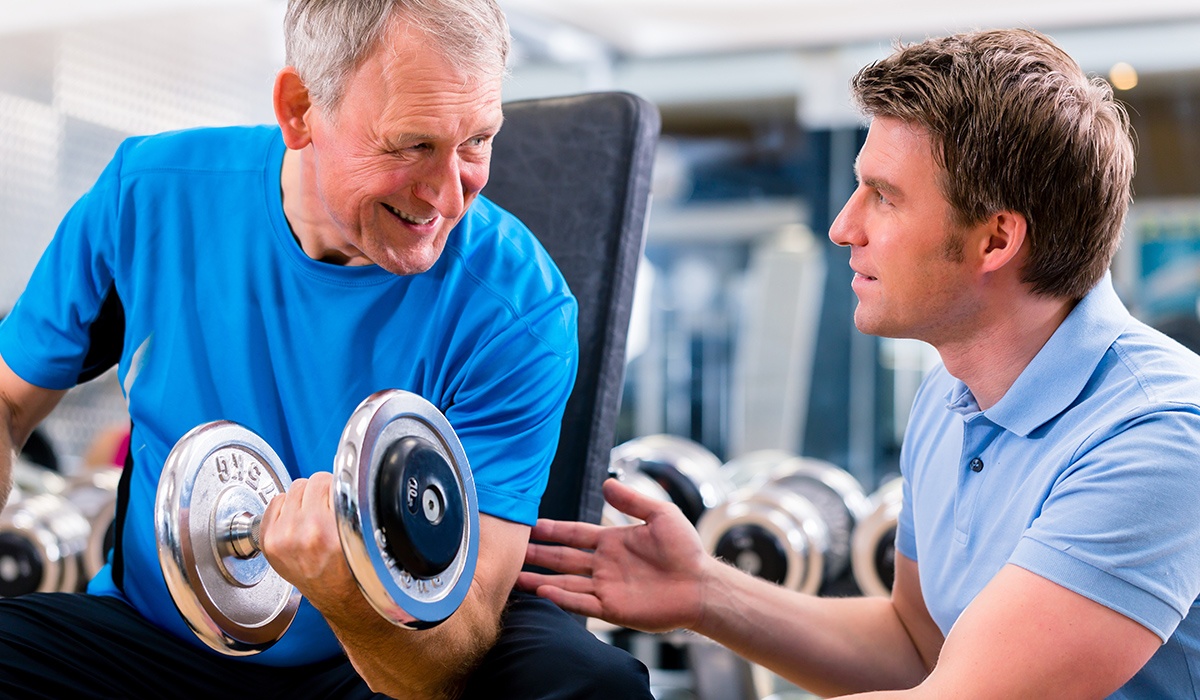Aging is inevitable and there will come a time where it will be physically impossible for people to get on with their daily routine without much assistance. It is undeniable that one of the major challenges your aging loved one will face is access to transportation. Driving to and from appointments is not an option for many seniors because ailments that come with age such as:
- Eye problems
- Dementia
- Parkinson’s disease
- And more
may hinder the elderly from driving.
As result, doctor’s appointments, trips to the grocery store, essential errands, emergencies, visits with family and friends are often compromised, heightening the risk of social isolation – especially when your loved one lives alone. To solve this problem, you will need to find a platform that can help your loved one get around the city easily and efficiently as well as maintain their social independence. The Northwest Valley Connect does just that and helps your loved ones stay active and connected with the people around them.
There are over 375,000 residents that make the northwest Phoenix metropolitan area their home. This number also includes around 100,000 seniors living in the age-restricted areas of Sun City Grand, Sun City West, Sun City, and other neighboring areas that do not have immediate access to public transportation. To make matters worse, a local non-profit transportation service that mainly caters to seniors stopped its operations in 2010. Due to this incident, Maricopa County and other local cities made it possible to expand the services of Dial-a-Ride (link to Dial-a-ride blog post) to ease the inconvenience.
There is still a lack of awareness and there are gaps in the service. A local community survey of seniors conducted in 2013 confirmed that the issue of accessing public transportation is still one of the top issues in the area.
To help solve the problem, two non-profits that have served Northwest Valley for more than 85 years, Benevilla and Sun Health, merged together and created Northwest Valley Connect (NVC).
What is Northwest Valley Connect?
 Northwest Valley Connect (NVC)
Northwest Valley Connect (NVC) is a one-call service that aims to meet the transportation needs of the people in Northwest Valley. Since its launch in September 2014, NVC has given its users a Mobility Management service that helps residents access available public, private, as well as volunteer transportation resources depending on their need.
You can view these resources on their website or through your phone with NVC volunteer operators to assist you. NVC provides a personalized service that presents the transportation options in the area. Additionally, NVC attempts to fill in the gaps found in accessing public transportation through the utilizing volunteer-based transportation services that aim to help more seniors get to medical appointments, obtaining medical supplies and daily needs, and keep them socially active.
Dial-a-Ride’s services are currently available throughout Maricopa County and Phoenix. But these services are limited by age depending on the location and are generally only available on Mondays to Fridays, 7 am to 5 pm, with a 24-hour notice. This serves as an opportunity for NVC to enter the game and provide transportation past 5 pm and on weekends and therefore, improving the transportation in the area. NVC would be extremely helpful for people who need transportation to:
- Various medical appointments on the same day
- Urgent care or emergencies
- Shopping
- Social activities on weekends
- Church
- Any after-hours or weekend appointments
- And the like.
The NVC senior transportation service is professionally managed by paid dispatcher services. A transportation-specific software program makes sure that the company is always efficient in serving clients. For trips, NVC uses passenger vehicles, a combination of volunteer-owned cars and other vehicles that are donated by community residents.
Since NVC operates with passenger vehicles and does not have options for vans or buses with wheelchair lifts, the service may not be suitable for passengers in wheelchairs. However, to ensure your wheelchair-dependent loved one will still get the transportation they need, you can talk to NVC’s Mobility Manager so he or she can refer you to other available resources within the area.
You can also ask for assistance from the Mobility Manager – without fee – to help you and your loved ones to connect with public, private, and volunteer transportation that is available in the area near you.
What Are The Services They Offer?
NVC mainly provides transportation services for people in the Northwest Valley, but they technically offer two services to their clients.
1. Call-Click-Connect Mobility Center
Connecting Residents to Local Transportation Resources
NVC is the point of contact within the community and they are able to give you information regarding existing travel options so they are armed with information that is easy to understand and that can assist residents in planning and organizing their transportation needs.
NVC also plans on working with the government, private, non-profit or volunteer transportation providers so they can inform residents on new and available transportation resources and give them more options regarding transportation.
2. Ride Connect – Transportation for Seniors and Persons with Disabilities
Providing Additional Options to Meet Needs
Additional options to meet needs pertains to facilitating people who are 65 years old or older who reside in Northwest Valley to plan local trips to doctors, the pharmacy, the grocery store, or other social gatherings, appointments, and errands. The riding fee of NVC is comparable to or slightly lower than a taxi. Subsidized rides are also accessible to riders who have low income.
Northwest Valley Connect provides services to the residents of:
- Sun City
- Sun City West
- Surprise
- El Mirage
- Youngtown
- Parts of Peoria and
- Certain areas in the region that are unincorporated.
These cities are found in the northwestern area of the metropolitan region of Pheonix, home to more than 375,000 residents.
Some transportation options in the area focus on benefiting specific riders with certain qualifications regarding age, disability, income, or veteran status. However, the transportation services where NVC operates do not usually have specific qualification criteria and can be availed without the need to qualify.
Do You Need A Ride?
All you have to do is request one! If you need a ride or if you want to know more about Northwest Valley Connect and ask for personal advice or guidance, you can call them or
fill out a form found on their website The people from NVC are always willing to help.
Give them one to two business days before you expect to get a response from them. If your concern requires immediate attention, you can call NVC’s call center at (623) 282-9300. Their call center staff are composed of specially trained operators that are friendly, informative, and are able to provide you with options that can best meet your needs. Their operating hours are usually on Mondays to Fridays, 8 am to 12 noon and will resume at 1 pm to 5 pm.










